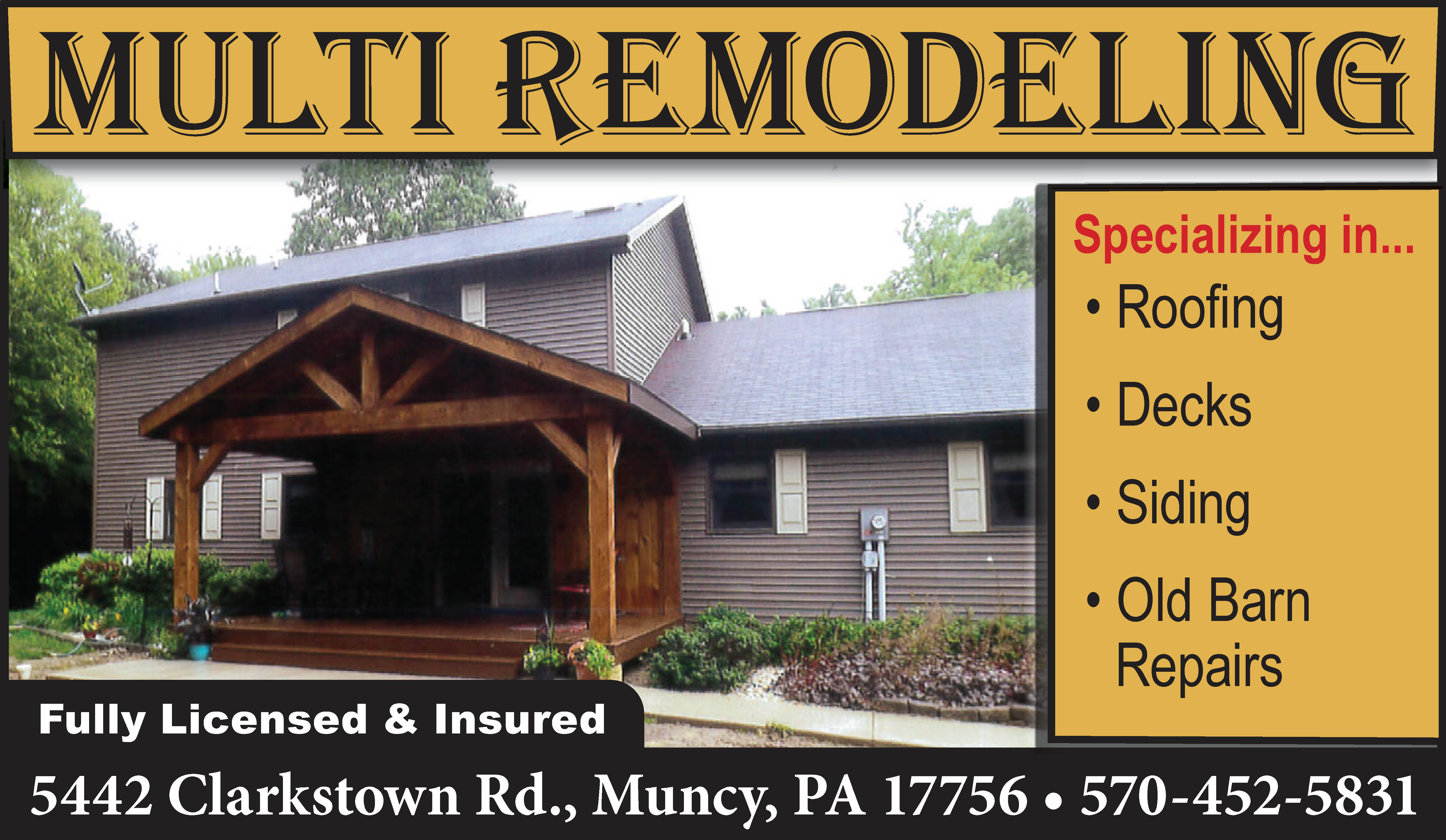It was a “Field Day” at the Lycoming County Farm, as HAM radio operators met in fields across the nation on Saturday and Sunday, June 24th and 25th for their annual 2018 National “Field Day” Event organized by the American Radio Relay League (ARRL).
“Field Day” is the time when practically every amateur radio enthusiast in the country sets up their radio equipment in an open field and tries to make contact with each other, as part of a contest or just for fun. It’s an international tradition happening since 1933. Far and wide, amateur radio operators use shortwave radio signals to communicate long distances without needing a telephone or the Internet.
They’re called “amateur,” but don’t believe it; these people really know their stuff! HAM Radio engineer John Mummert knows how to make his own multi-band radio antenna out of specifically cut lengths of wire, two coils, and three carefully raised tripods. “I have five bands already, and I’m going to try to get six,” he says, eyes beaming. John even constructed his own portable radio station kit that he proudly explained to attendees, sharing his knowledge. Fellow radio enthusiast, Richard “Doc” Laubach raises his pointer finger and thumb about an inch and says, “I can make an antenna this big and talk all around the world.”
These radio guys are good at what they do! They can plug in their own transceivers to their individual custom-made antennas, use their own registered call signs to generate radio signals that can travel across the country and even the world, to communicate with people on little power. Luckily, the weather was mostly cooperative this year, except for a lone thunderstorm, but this time the lightning didn’t even strike the equipment.
“What Field Day is — is a day for us to go out and set up our radios in field conditions like this, and operate on a yearly basis to make sure that we can do this, and that our equipment works,” says Bob Brown, retired police officer and local radio enthusiast volunteering for the Lycoming Auxiliary Communications Service (ACS). “We do a lot of things that they don’t want on the Police and Fire bands because they’re going to be busy during an emergency.”
It’s called “HAM Radio” and it operates by electromagnetic signals transmitting on bands reserved for public use by the Federal Communications Commission (FCC), including the High Frequency (HF) bands of frequencies ranging from 1.8 to 54 MHz (the 160, 80, 60, 40, 30, 20, 17, 15, 12, 10 and 6 meter bands) as well as VHF radio (144 to 148 MHz) and UHF radio (420 to 460 MHz) for sending voices across the world, and they can also use Continuous Wave (CW) to transmit Morse Code.
Didn’t get that? Me neither, but on Field Day, these bands are entirely filled with people across the country talking over each other, all day long. Among those tuning their transceivers are local operators Dale Brendle and Fae Herb, working alongside Bob Brown who remarked, “Everybody’s turned it into a contest because you get points for making each contact. So, there’s a couple hundred thousand, probably more, people out today and the bands aren’t big enough, so everyone is talking over each other, but it’s fun!”
“What for? We have cell phones, and they’re magic!” Sure, some people still don’t seem to realize that their computers, internet routers, tablets and even their “magical” cellphones transmit wireless Radio Frequency (RF) signals all the time to communicate and that they’re also heavily reliant on the commercial power grid. So, when a disaster strikes and those systems go down, then what do you do?
HAM radio to the rescue! “Amateur radio emergency communications assisted in disaster relief activities for events such as the September 11 attacks in 2001, Hurricane Katrina in 2005, and the Sichuan earthquake in 2008. In 2017, the Red Cross requested 50 amateur radio operators be dispatched to Puerto Rico to provide communications services in the wake of Hurricane Maria,” according to Wikipedia.
Attending Field Day this year, were members of the Bald Eagle Repeater Association (BERA), including president Travis Best with his young son, alongside members Paul Heaton, who can recite verbatim the entire FCC electromagnetic spectrum allocation in perfect order and local area student Ryan Bennett who explains the outer workings of “Single Side Band (SSB), either the upper-band or the lower-band, over an HF frequency which is essentially an AM signal with the carrier taken out.”
Yeah, I didn’t quite get all that either, so I guess it’s time to join the club!
The Bald Eagle Repeater Association is an amateur radio club that meets on the second Tuesday of every odd month at Lycoming College. More information is available online at http://www.kb3hll.org.
The Lycoming Auxiliary Communications Service (ACS) is a volunteer organization that meets bi-annually and is aligned with the Lycoming County Emergency Management Agency. It has a radio room in the county building right down the hall from the 911 center, where they run auxiliary communications for the local emergency management agency.
Officially, HAM radio is the Amateur Radio Service established by the International Telecommunication Union (ITU), and HAM radio operators have pioneered the use of single-sideband modulation (SSB) for high-frequency (HF) voice communication since the 1950s. Today, the American Radio Relay League (ARRL) is the primary representative organization of amateur radio operators to the United States Government (www.arrl.org).
2 comments



2 Comments
Darryl E. Stroble
June 26, 2022, 10:44 amWhere is the field that this is taking place at in the Williamsport area? Or does everybody set up at their own location?
REPLYCurtis Musheno@Darryl E. Stroble
June 27, 2022, 9:33 amHi Darryl, information about local Williamsport area Field Day and other HAM radio events can be found at the Bald Eagle Repeater Association via https://www.facebook.com/kb3hll/
REPLY